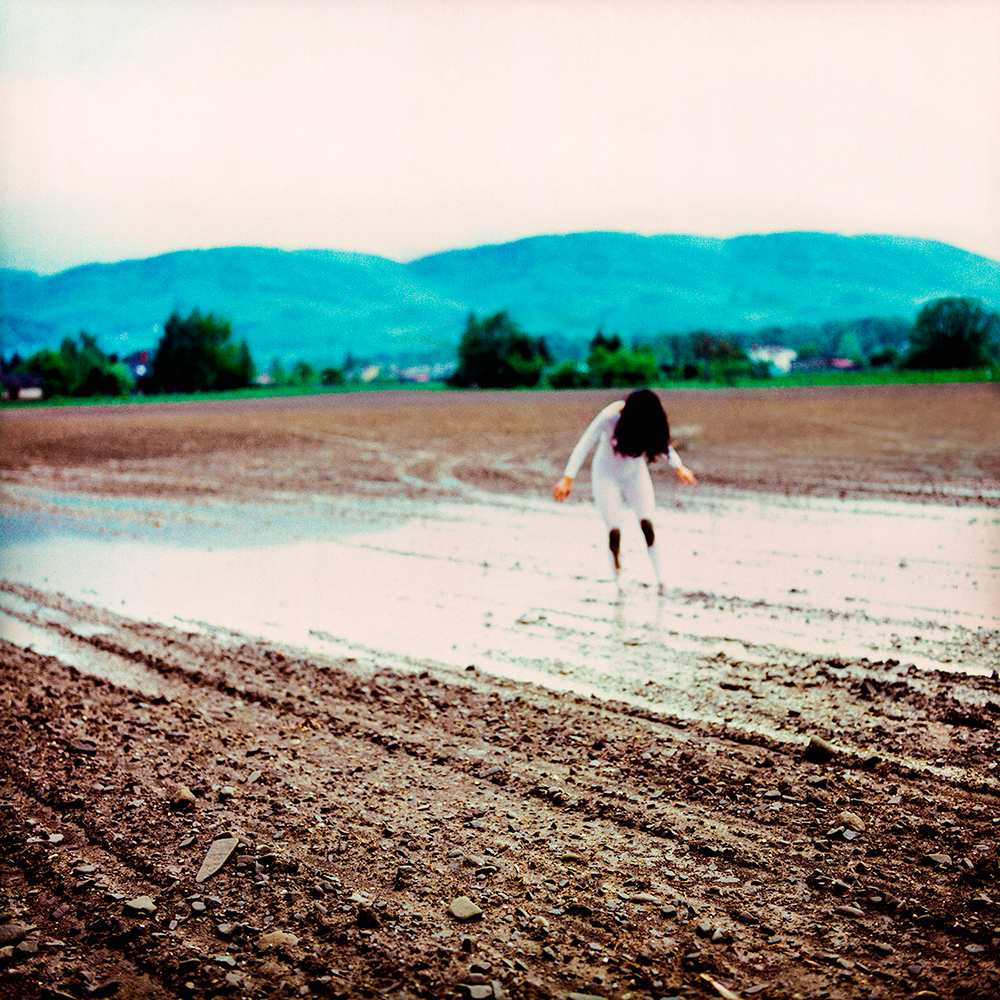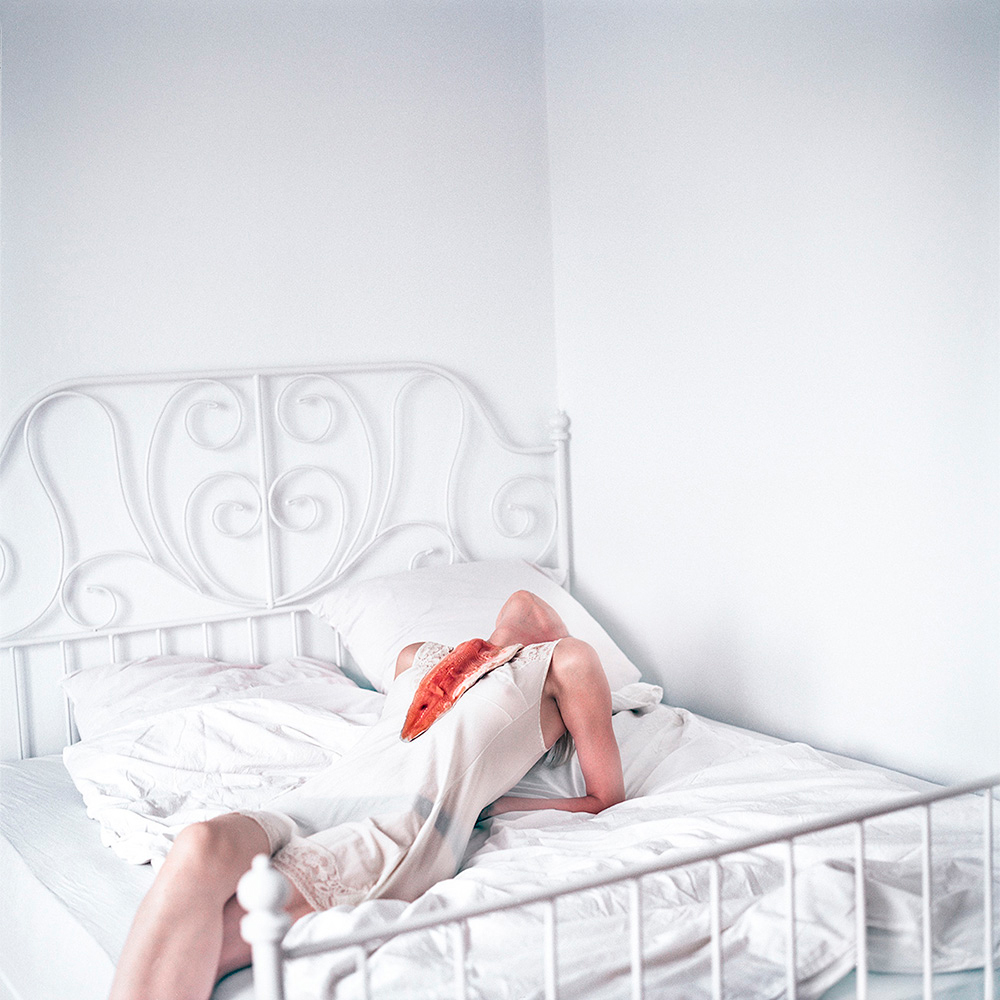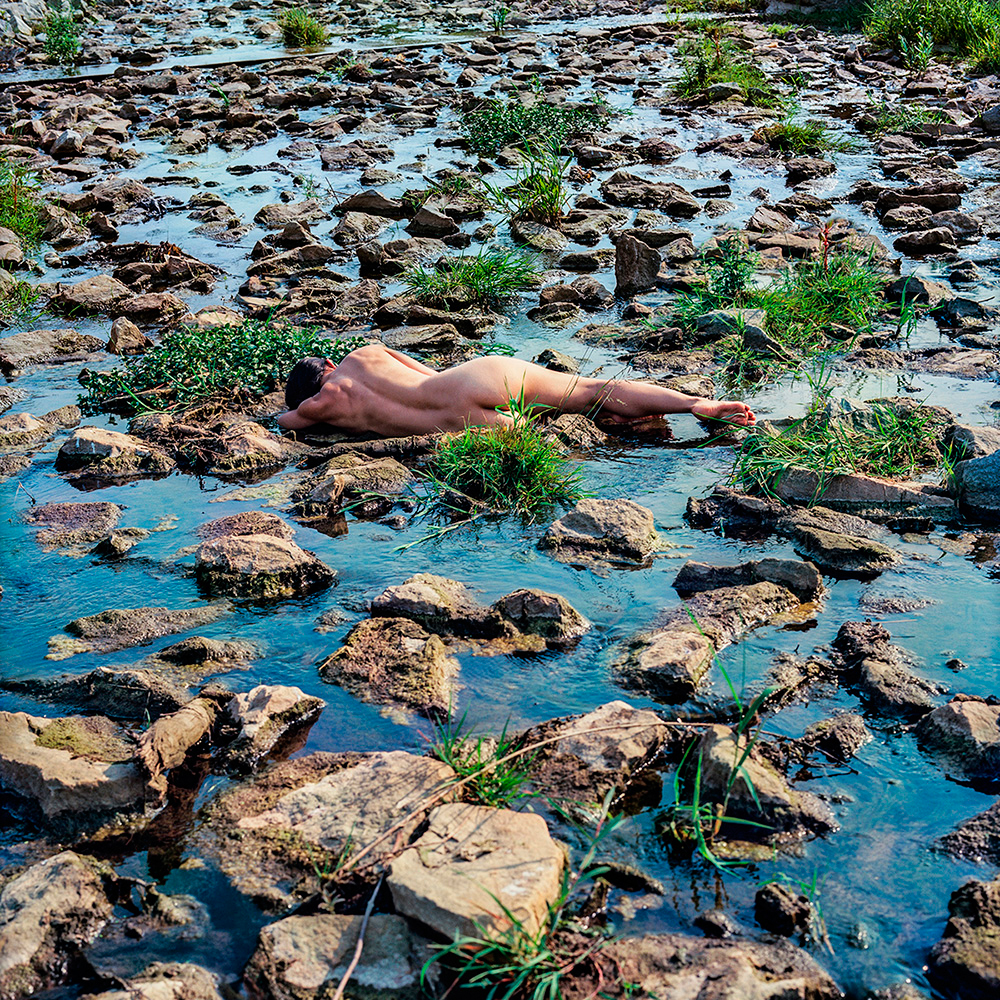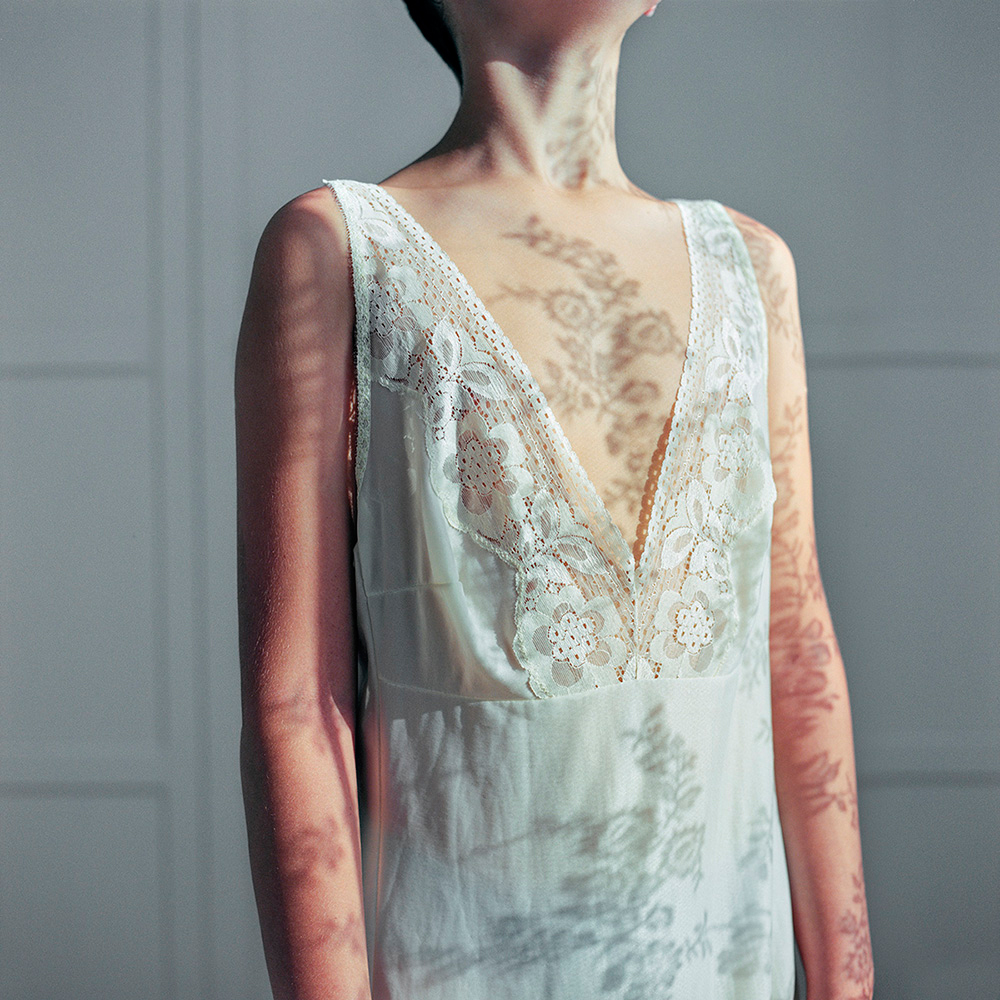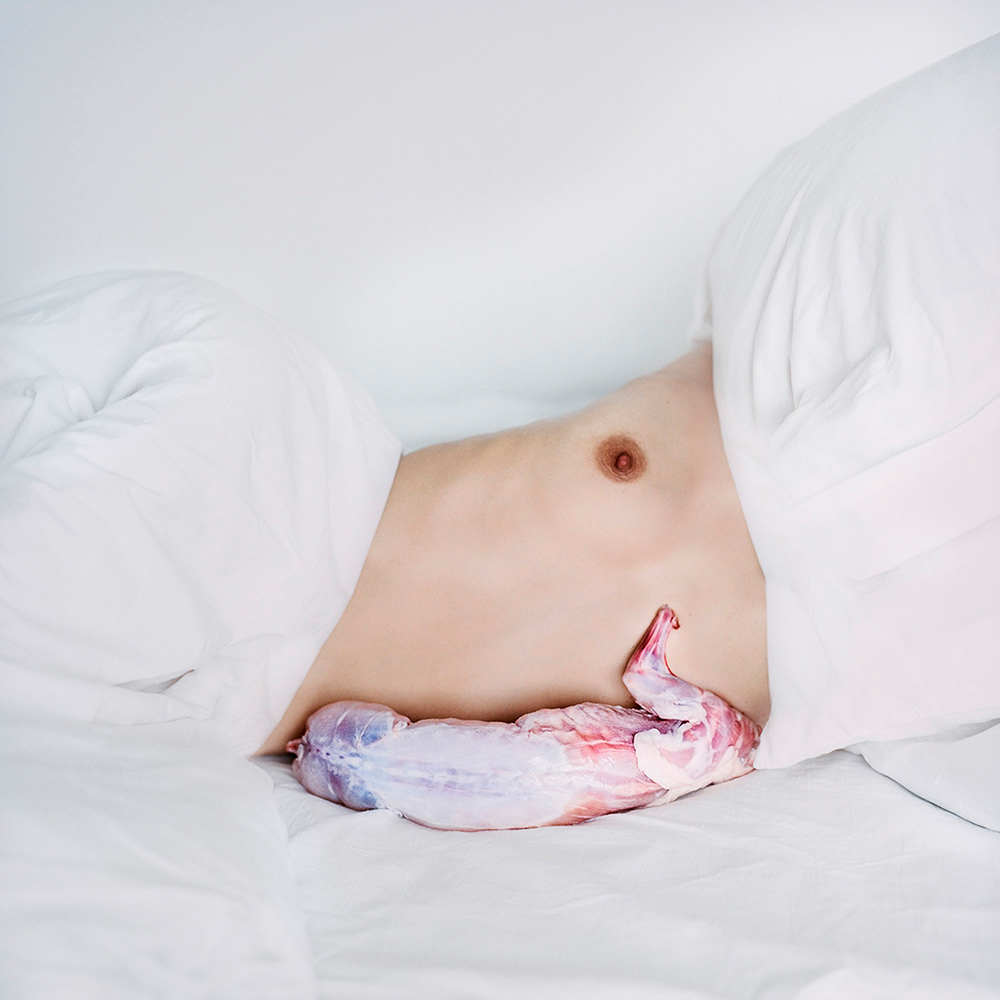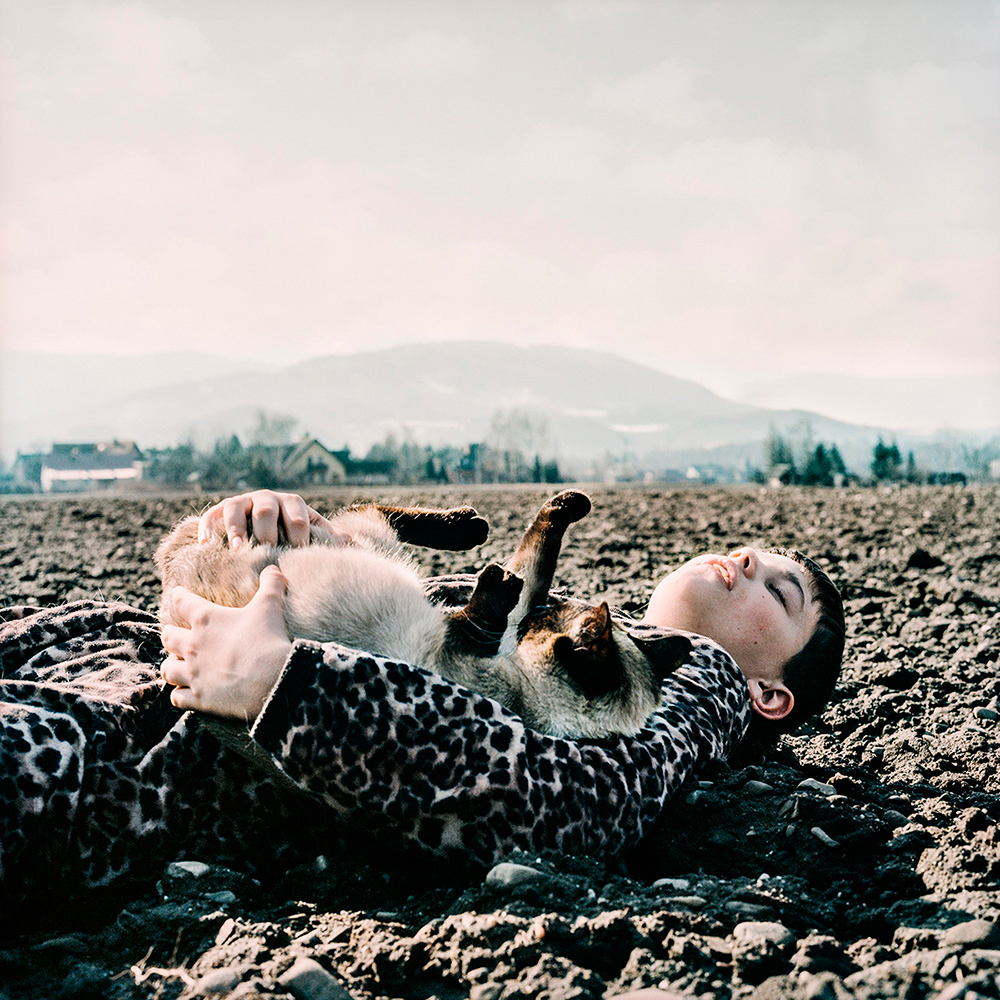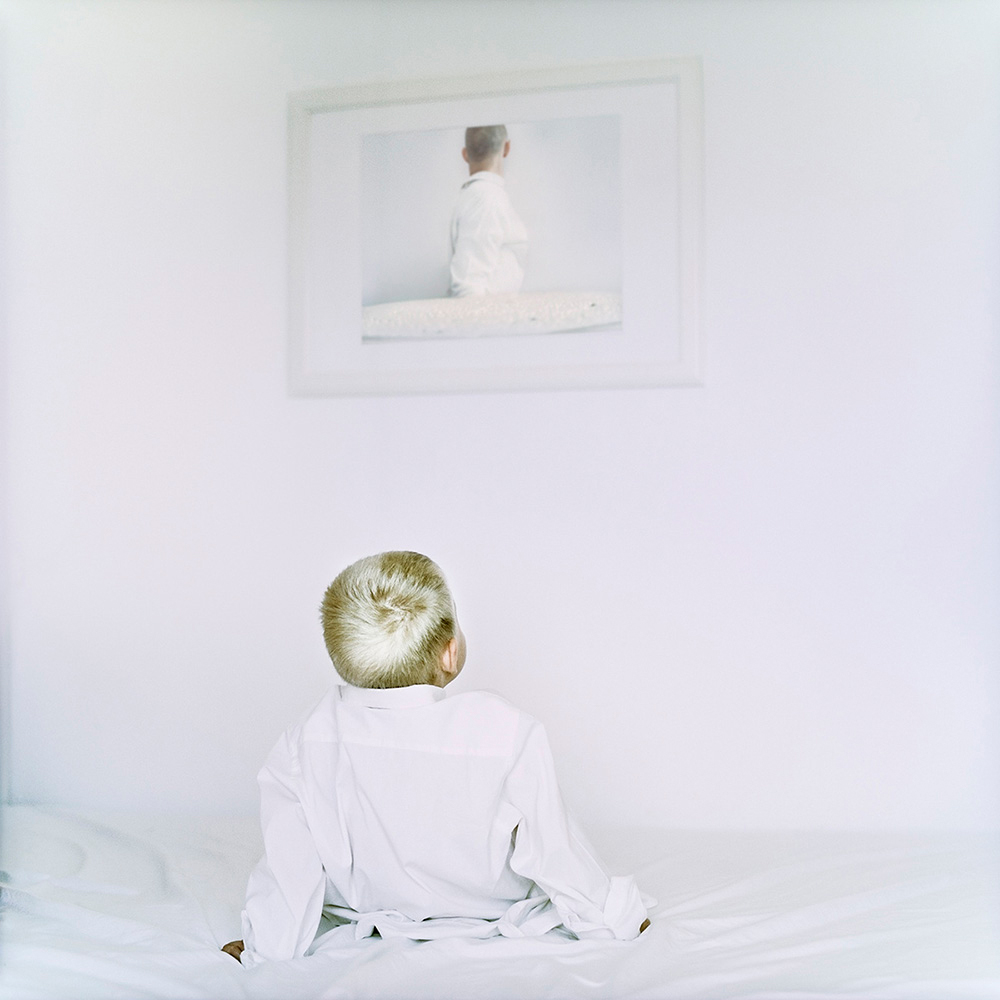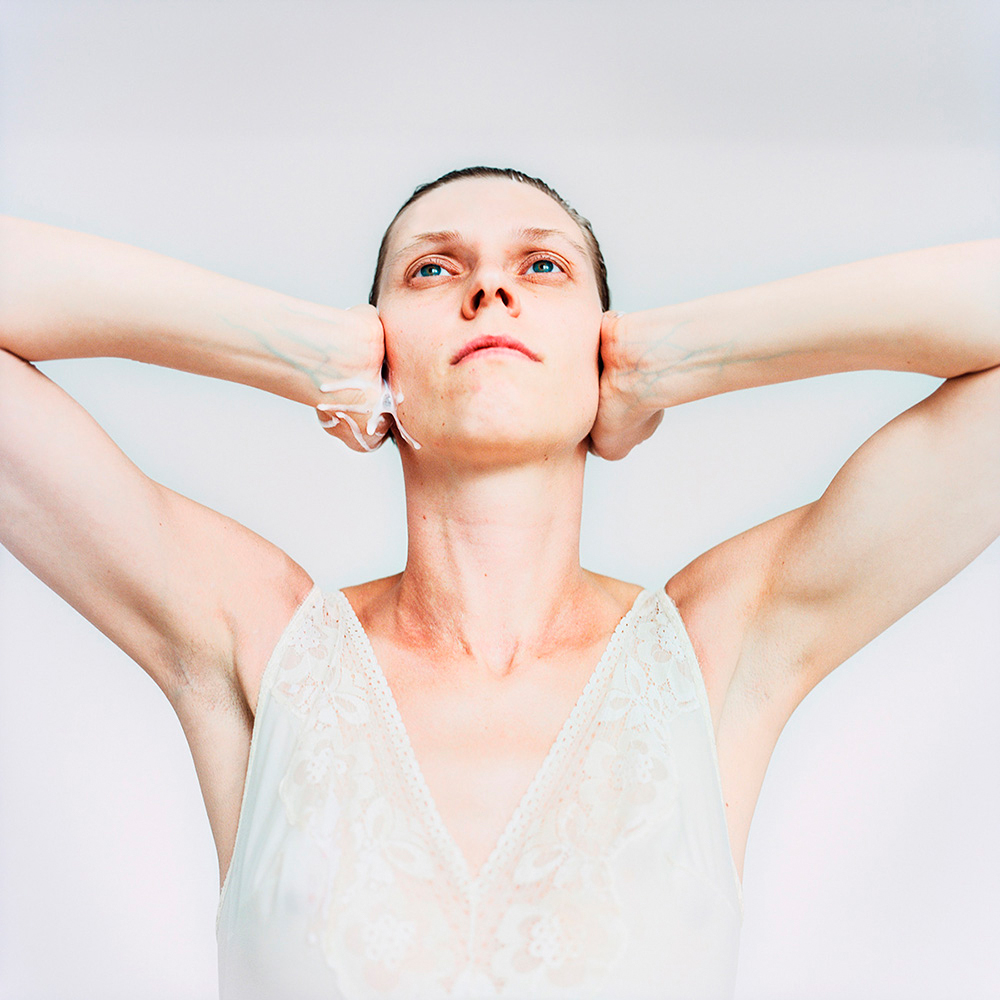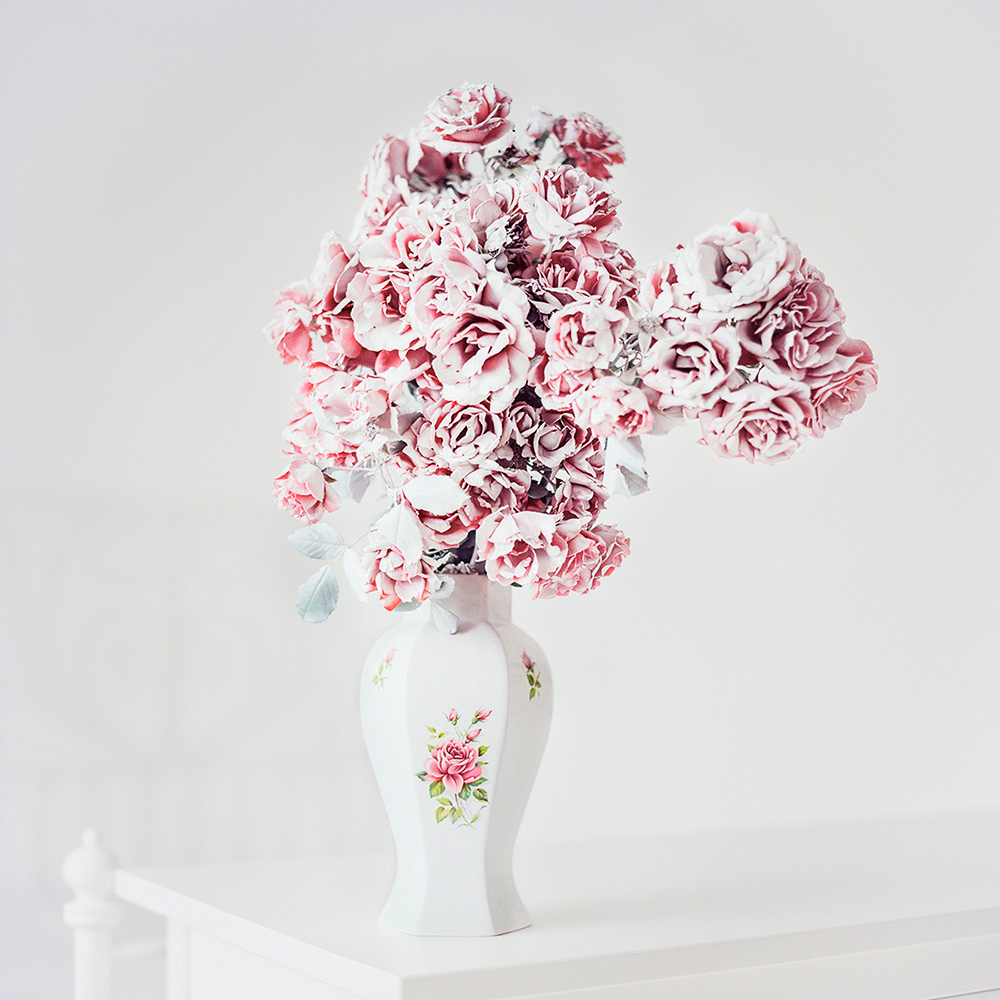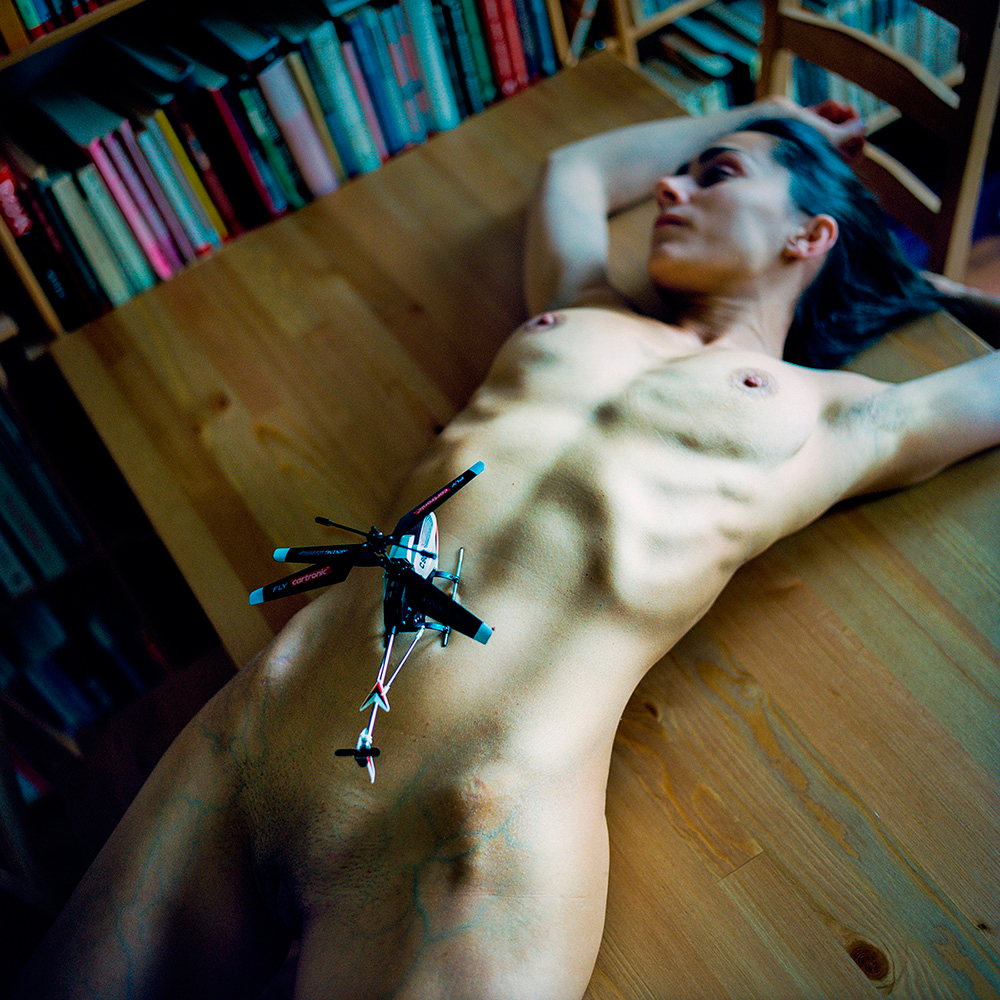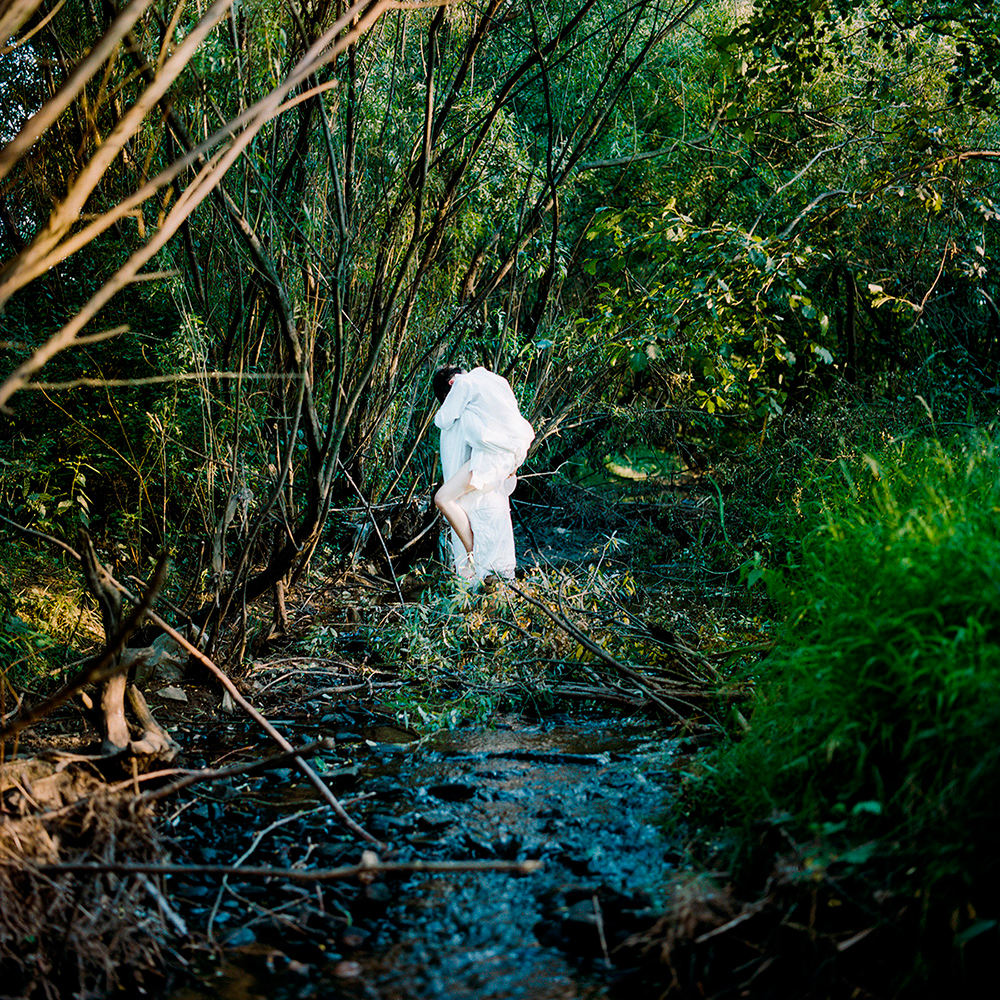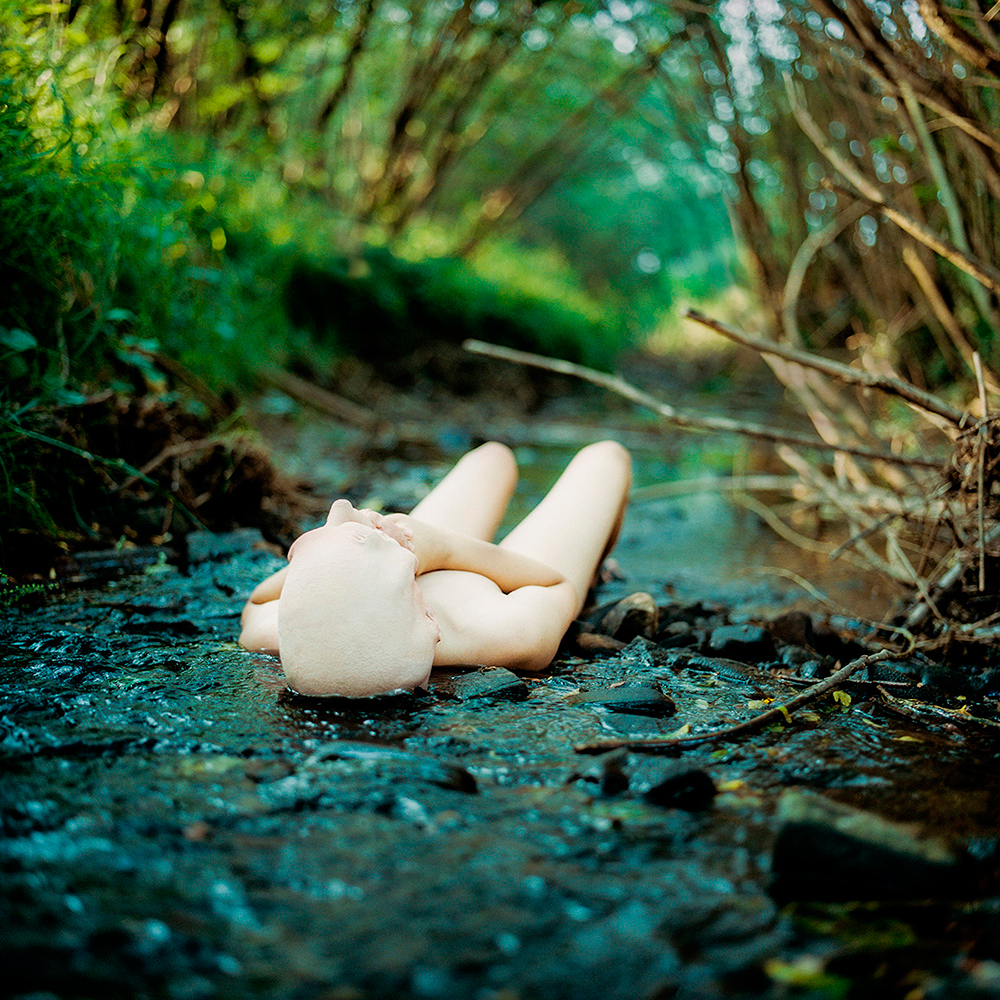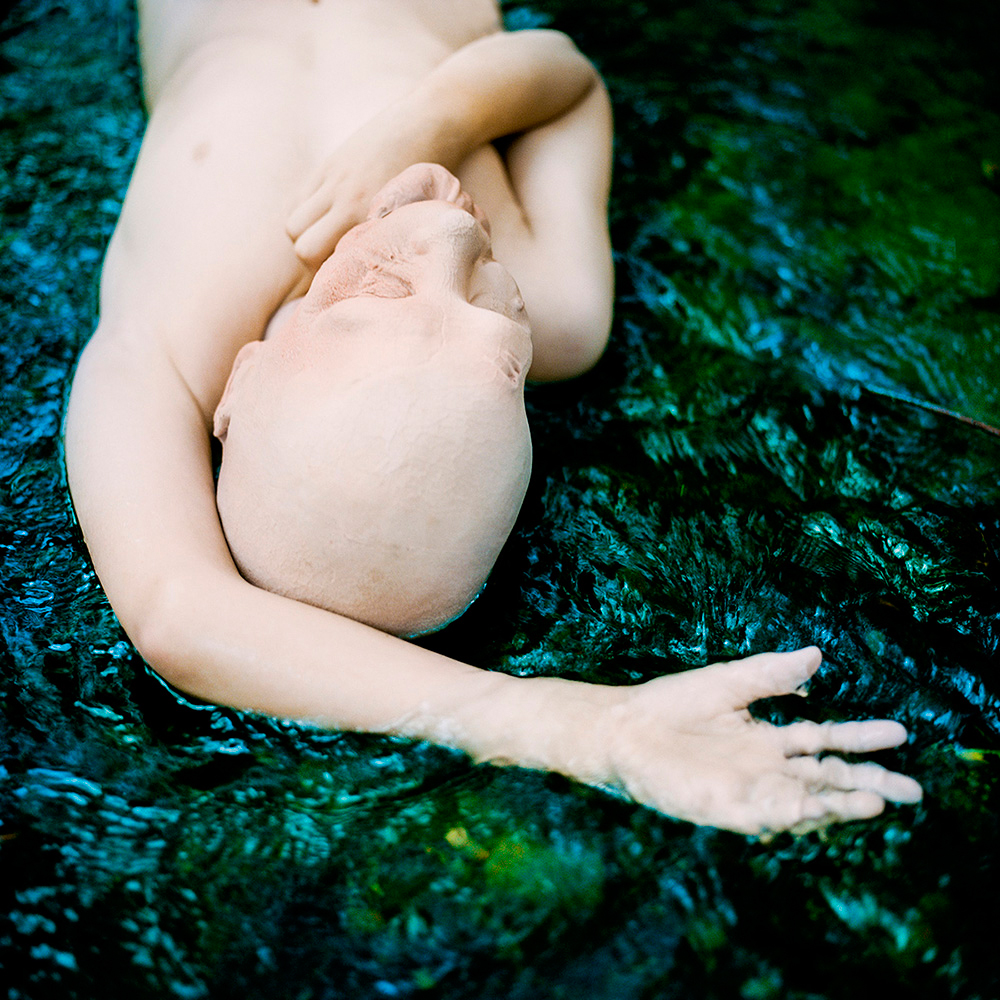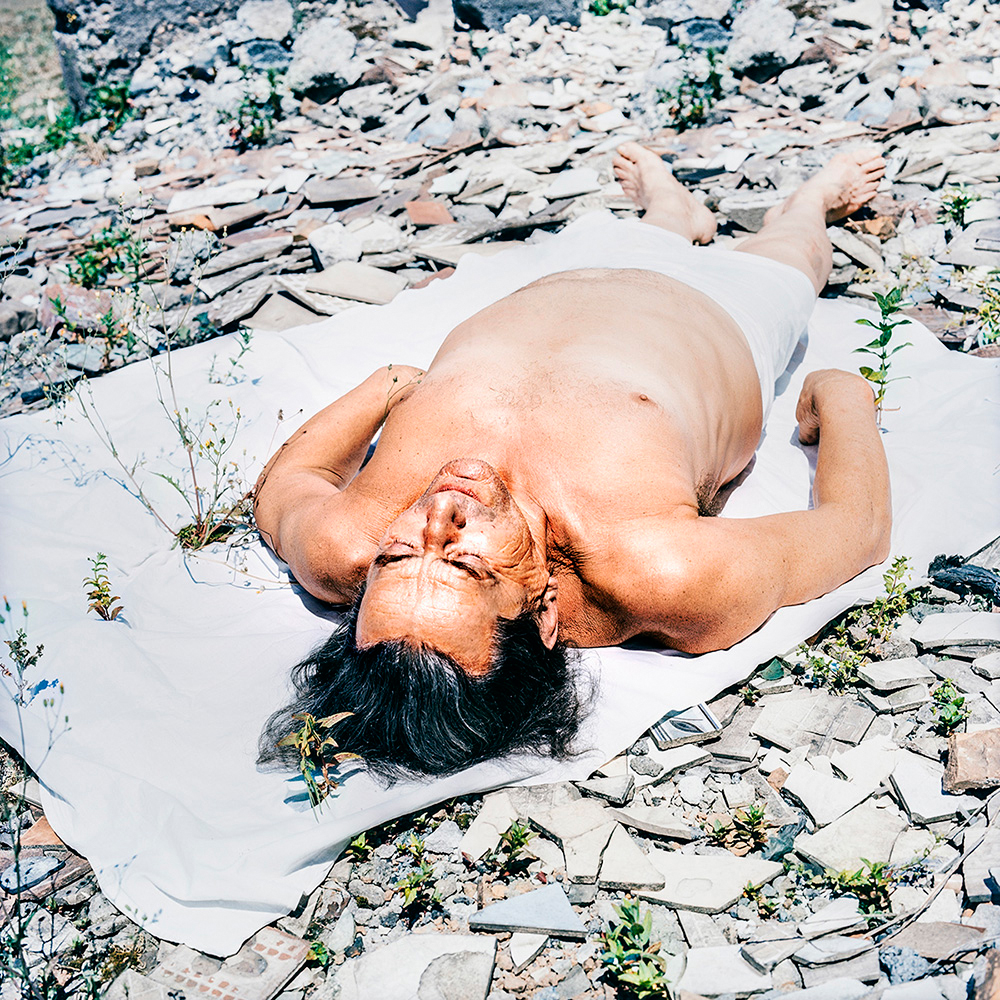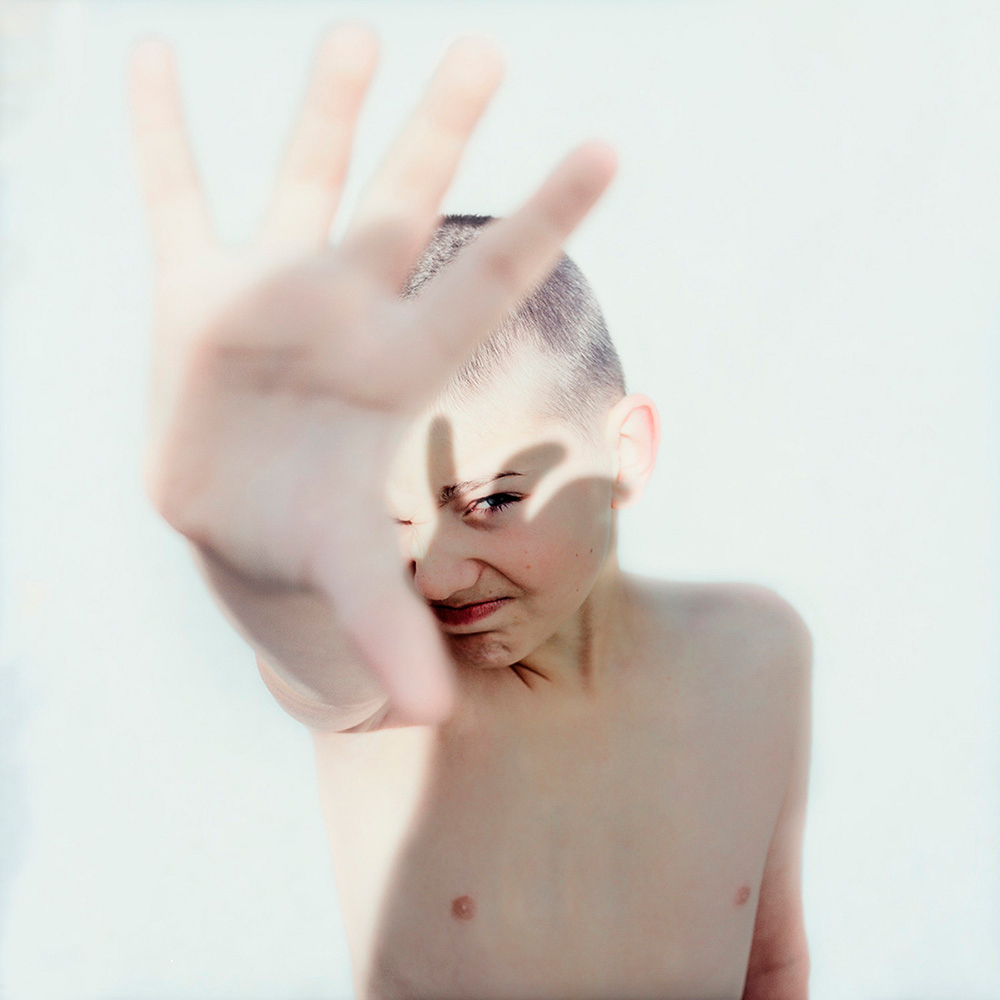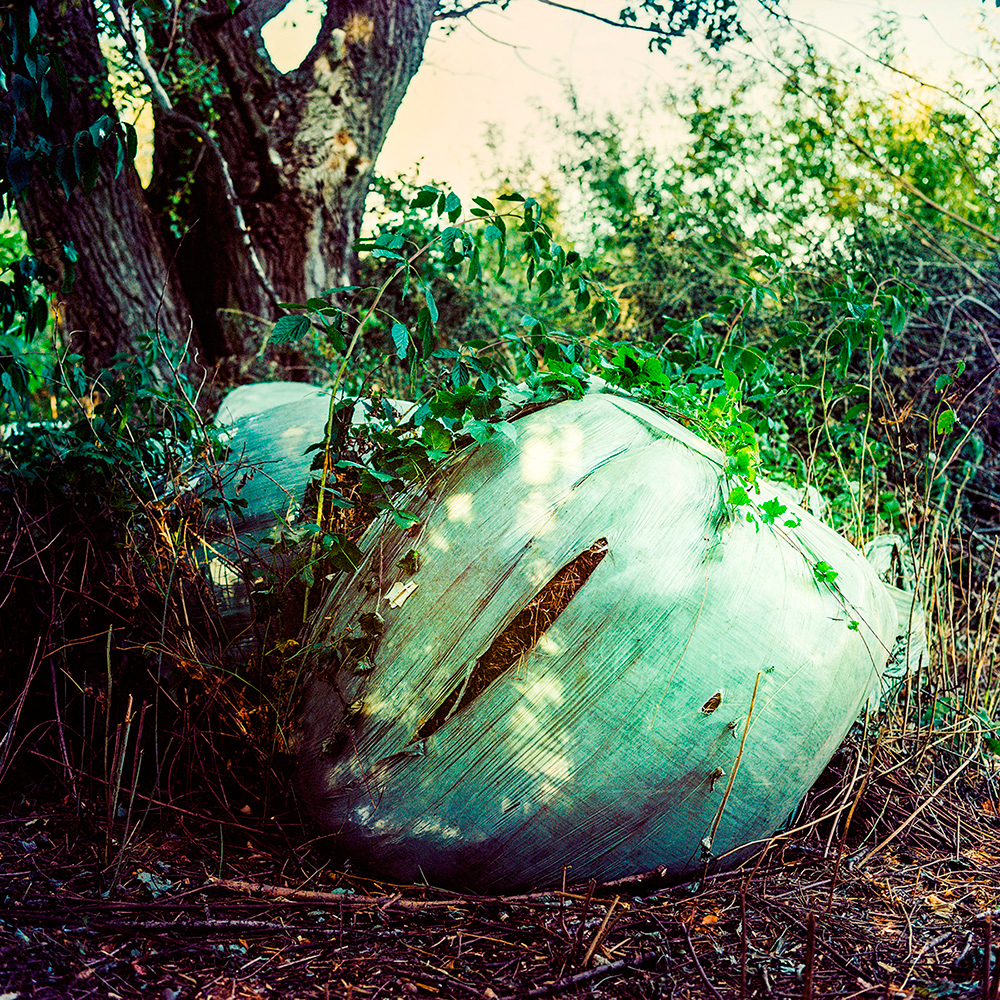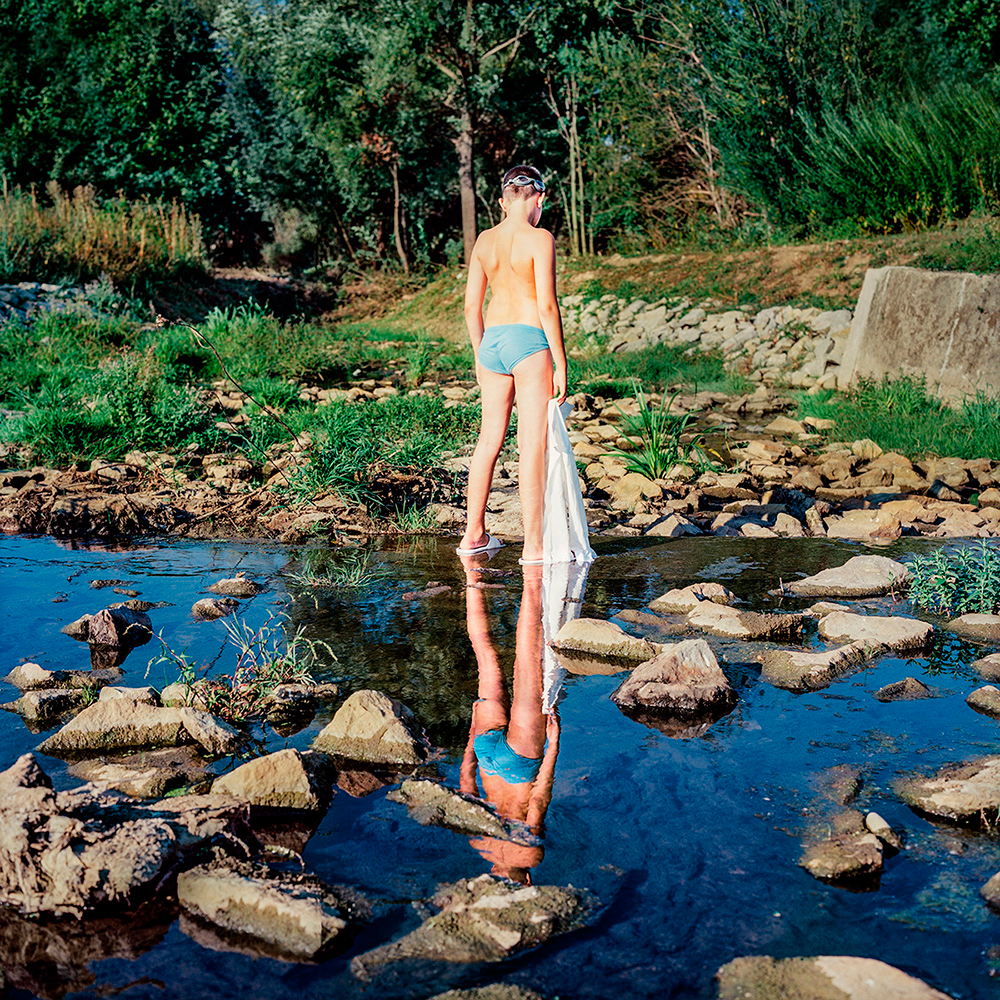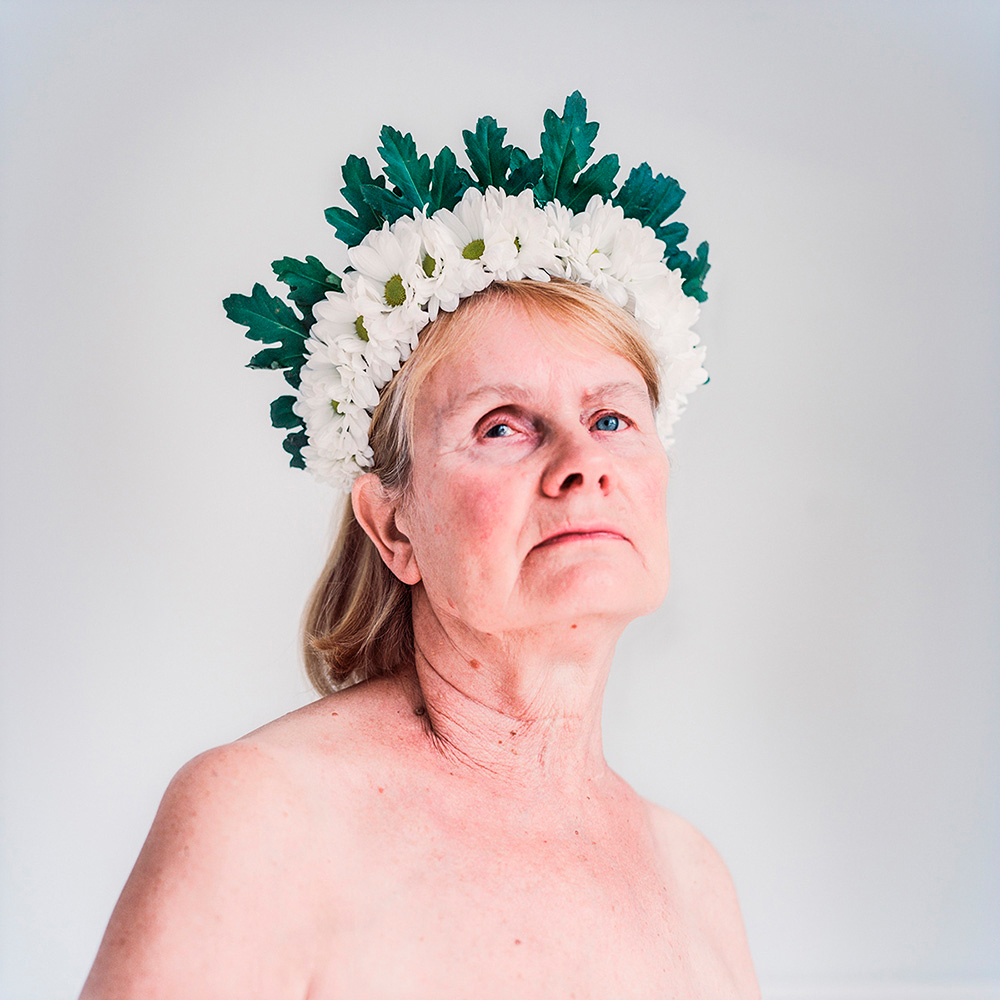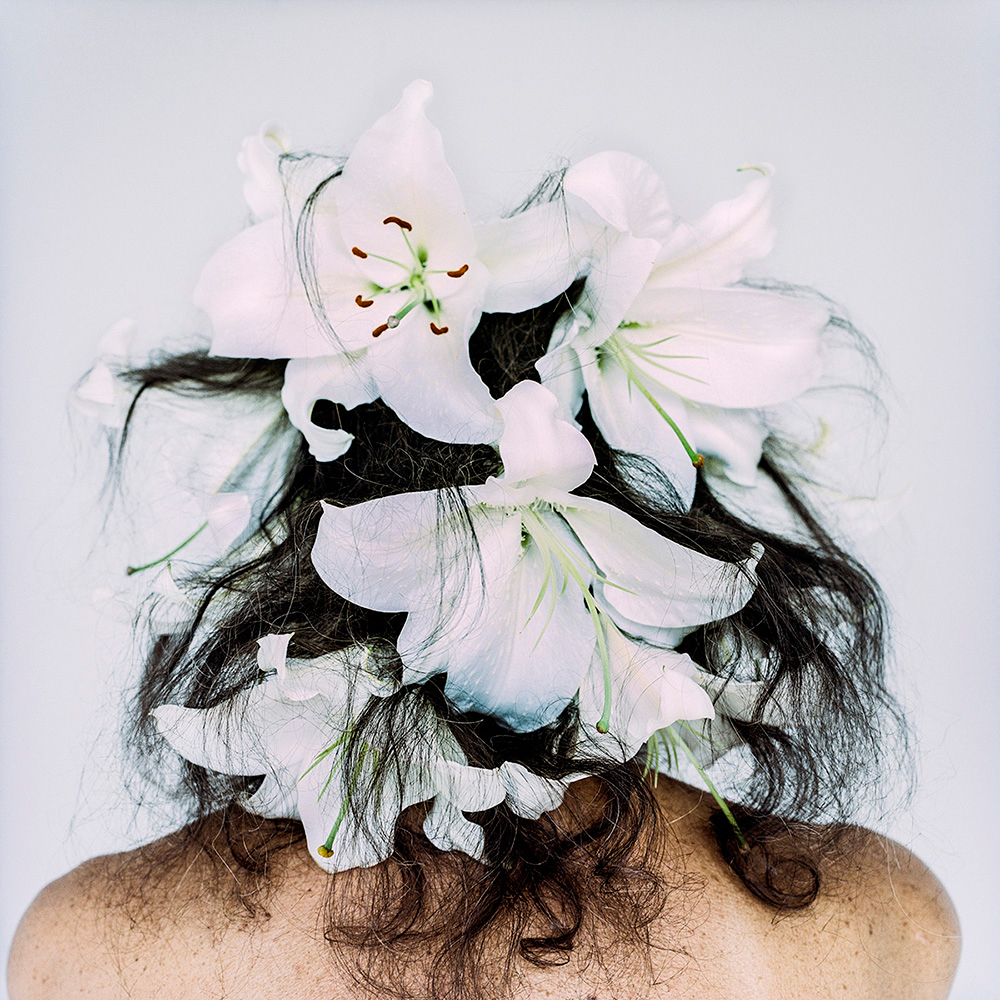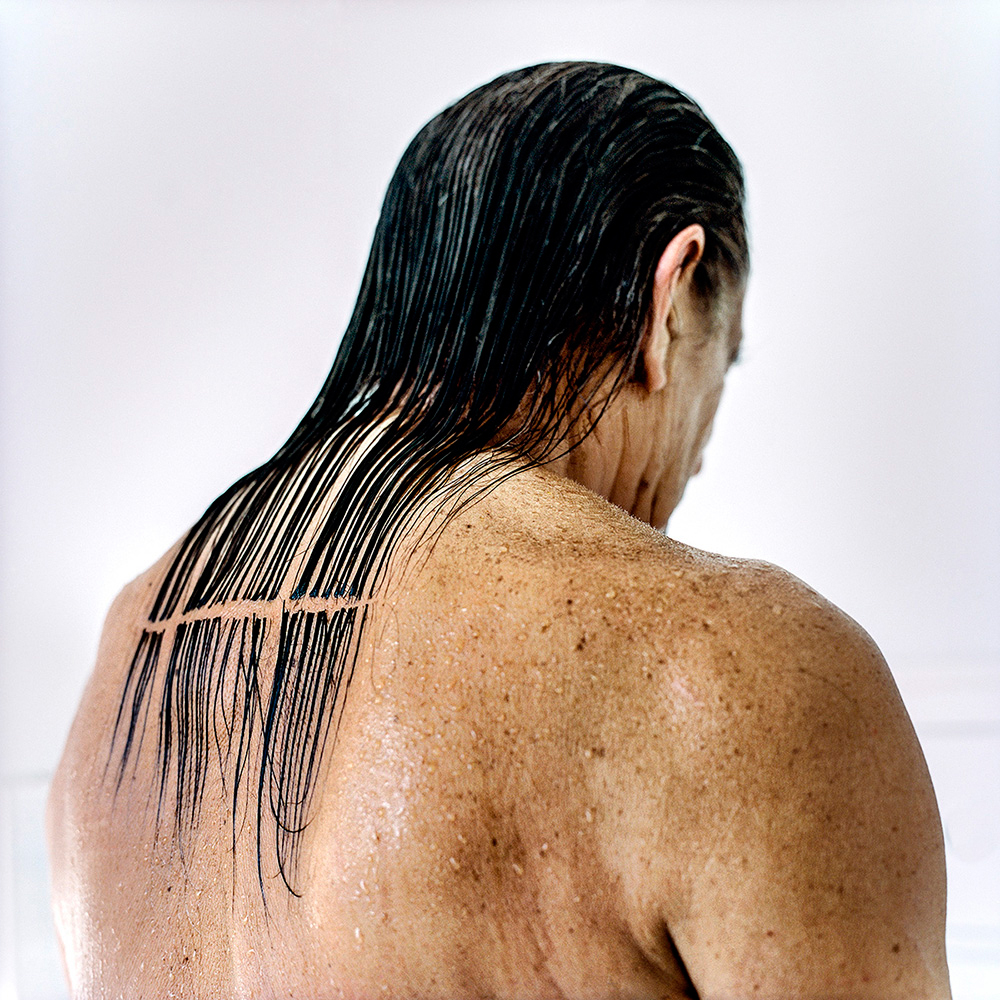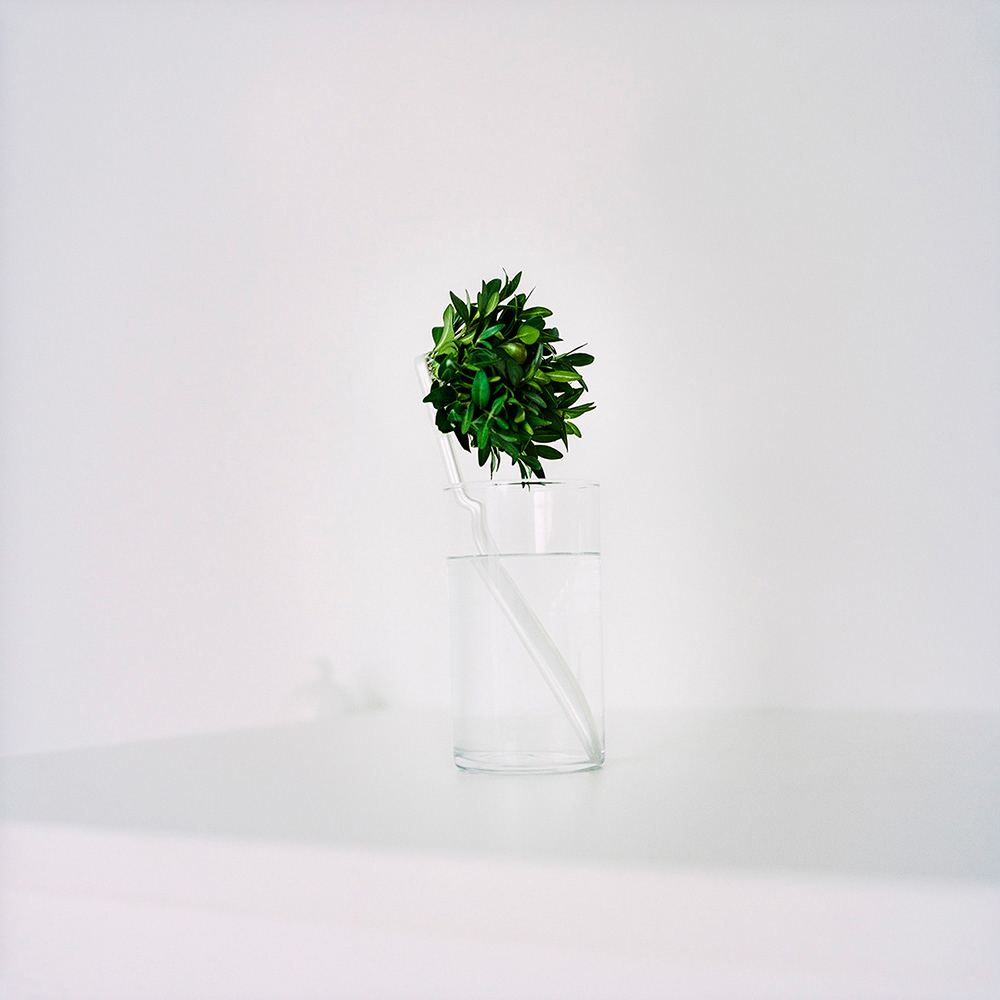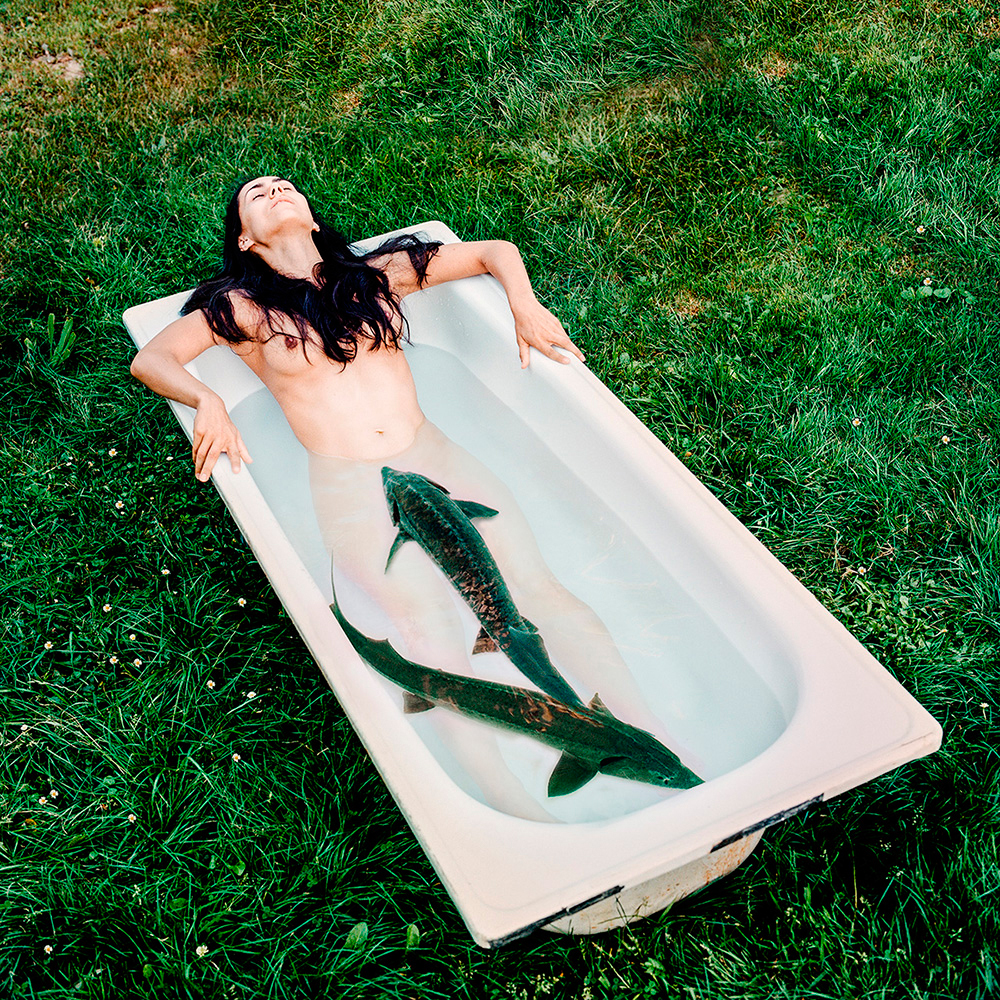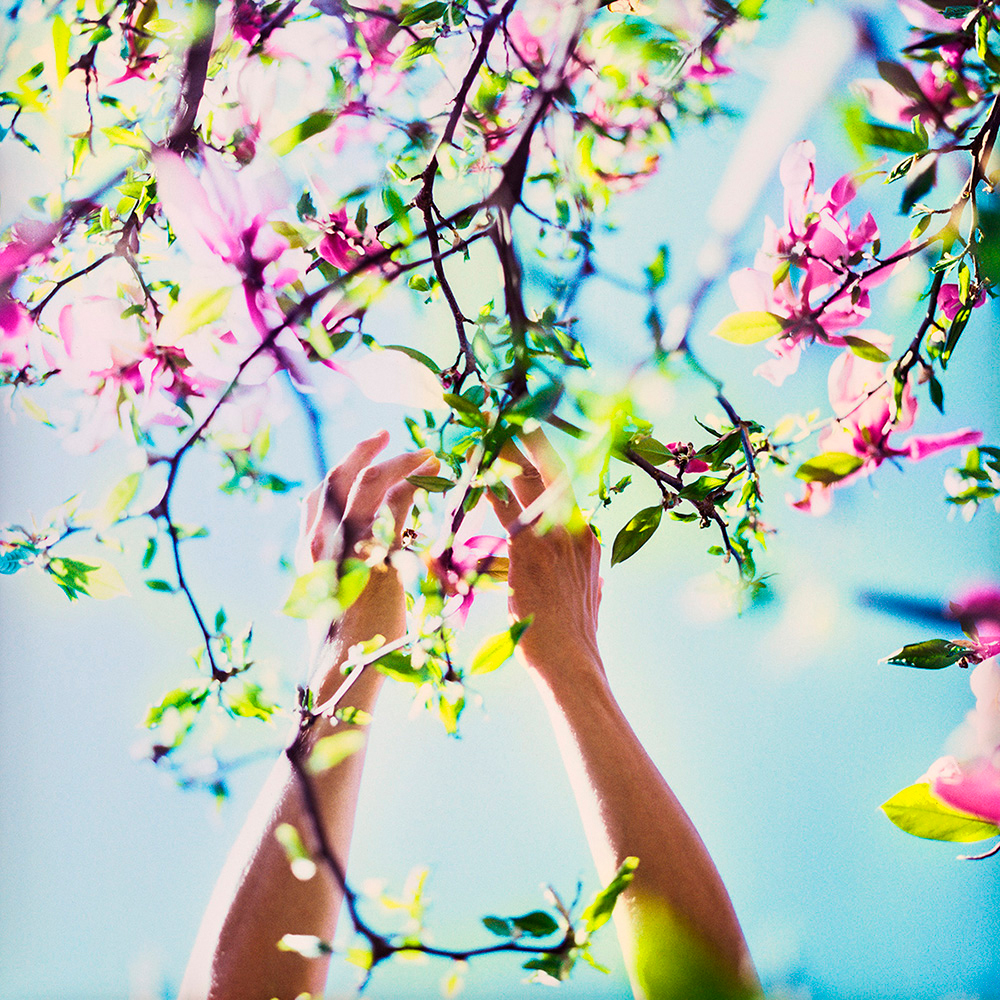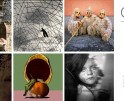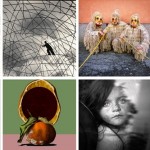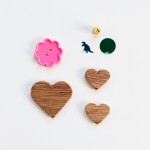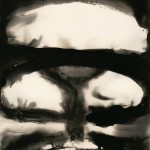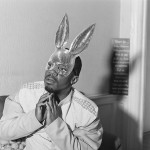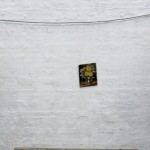Urszula Kluz-Knopek: Foreign Exchange Winner
Urszula Kluz-Knopek (born in 1985 in Ustroń) is an intermedia artist acting in the domain of installation art, video, and photography, and is a graduate of the University of Arts in Poznan. Urszula is also a software engineer, a Ph.D. student at UAP in Poznan, and the editor in chief of the art magazine Woof Woof Arf Arf. For several years, she has run the graphic studio Eggplant, while working as a mentor for the project Link to the Future for the Foundation of Information Society Development, which is funded by Microsoft.
Marta Smolińska on Urszula Kluz-Knopek work:
Looking at Urszula Kluz-Knopek’s photographs and videos, presented at Wozownia in Toruń as part of the Vernal exhibition, I have this compelling feeling that – alike Alice in Wonderland – I’ve made it to the other side of the mirror. All of a sudden, I find myself in a world where the clear-cut subject/object or nature/culture distinctions blend. According to Donna Haraway, separating nature and culture is an act of inherited violence and, if one wishes to discontinue it, “it is necessary to finally accept that there is no ‘return to nature’”. I’d say that the shots of Kluz-Knopek illustrate this very aspect: there is no returning to nature because the convolution of nature and culture cannot be undone. To describe this state of affairs, Haraway proposes her own term: natureculture, which emerges as a result of “implosions of the discursive realms of nature and culture”. Through staged photography, Kluz-Knopek visualizes this implosion quite sensually, welcoming recipients to a slightly dream-like, a bit drowsy world of natureculture, where each gesture acquires characteristics of some mysterious ritual.
In my opinion, the environment surrounding the artist’s home in Ustronie becomes an incarnation of the Primeval from Olga Tokarczuk’s novel, where the enormous, uncontrollable mushroom spawn grew underneath, pulsating with life: “The mushroom spawn grows under the entire forest, or maybe even under the whole of Primeval. In the earth under the soft forest floor, under the grass and stones, it creates a tangle of slender threads, strings and bundles, which it twines around everything”. In the fairy-tale land, to which Kluz-Knopek invites us, I do sense the presence of such spawn, its tentacles pulsate within the soil, in the river waves, inside the muddy ground, somewhere under the stones, and even in the human bodies… ”The mushroom spawn is like mould – cold, white, and delicate – underground lunar lace, damp, hem-stitched mycelia, the world’s slimy umbilical cords.” The photographs seem to produce spring odors of light putridity, sprouting plants, hand-ground herbs, blossoming flowers. They evoke primal sensuality and the effect of the world hatching out, where the human being merges into nature, becoming a part of it. They are bacchanal per se, vibrant, sensual and bodily. They awake the organoleptic memory and stimulate intestines, seducing with their aura. Bacchus presents us with a lily – but before we grasp it with our hands, the smell paralyzes us: sweet, yet simultaneously, nauseating. In the novel “Primeval and Other Times”, Cornspike said to the firm Masterwort, who would flex his sprout in front of her hut all summer: ”The smell of you disturbs the senses.” Would I go too far if I were to say that Kluz-Knopek’s photographs also disturb the senses?
Posts on Lenscratch may not be reproduced without the permission of the Lenscratch staff and the photographer.
Recommended
-
Arnold Newman Prize: C. Rose Smith: Scenes of Self: Redressing PatriarchyNovember 24th, 2025
-
Celebrating 20 Years of Critical Mass: Cathy Cone (2023) and Takeisha Jefferson (2024)October 1st, 2025
-
Celebrating 20 Years of Critical Mass: George Nobechi (2021) and Ingrid Weyland (2022)September 30th, 2025
-
Celebrating 20 Years of Critical Mass: Amy Friend (2019) and Andrew Feiler (2020)September 29th, 2025
-
Celebrating 20 Years of Critical Mass: Jennifer McClure (2017) and JP Terlizzi (2018)September 28th, 2025

